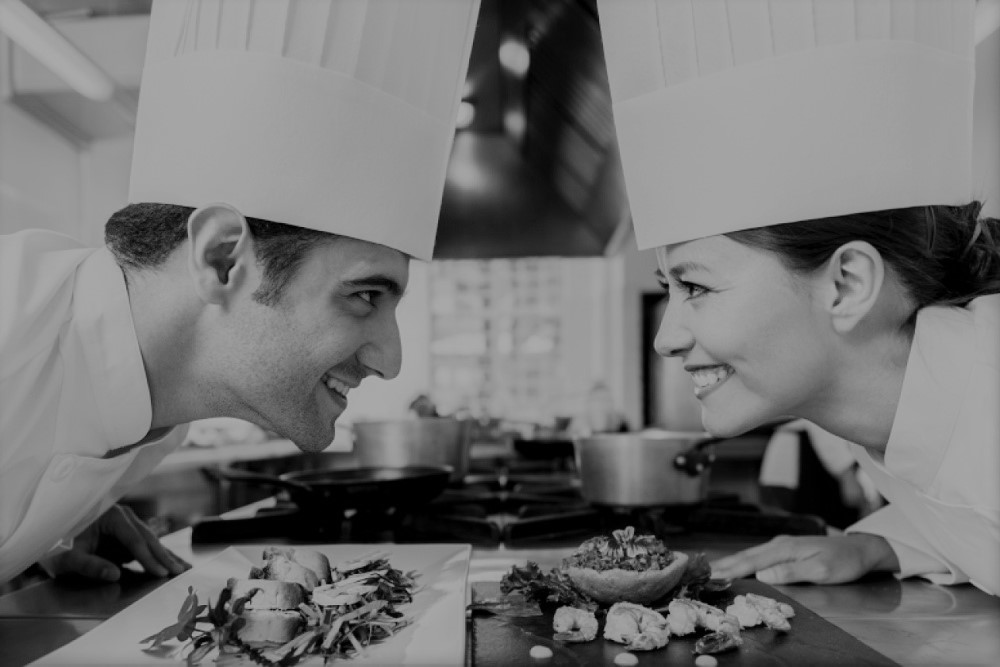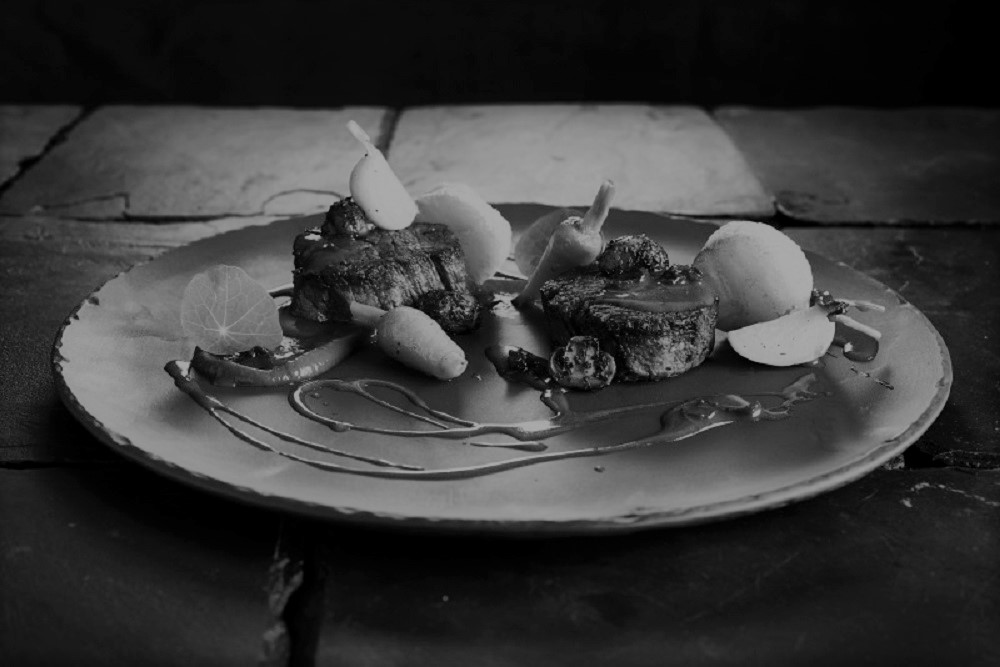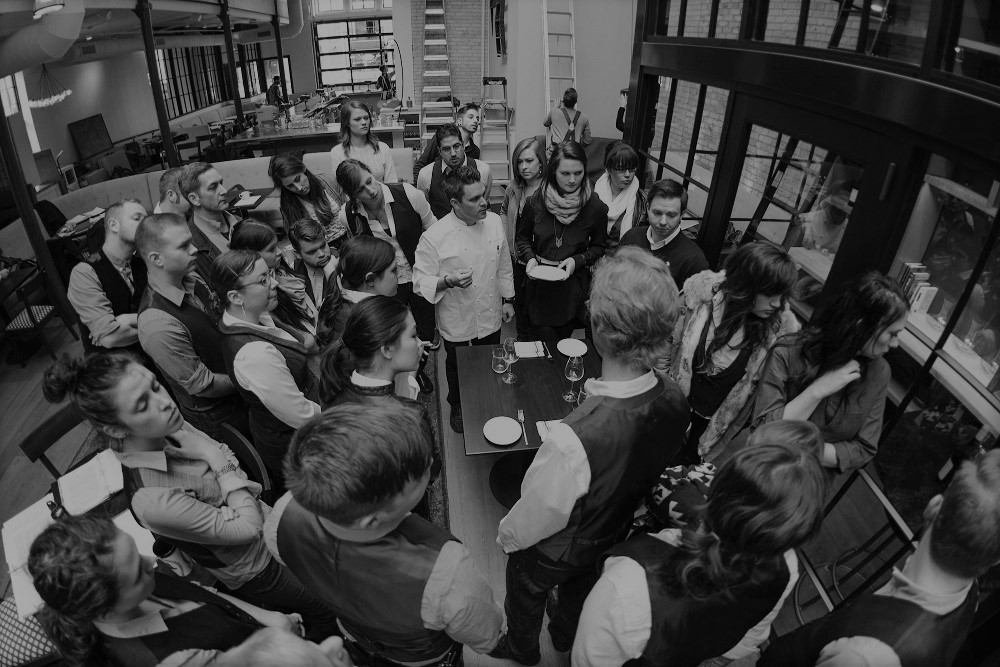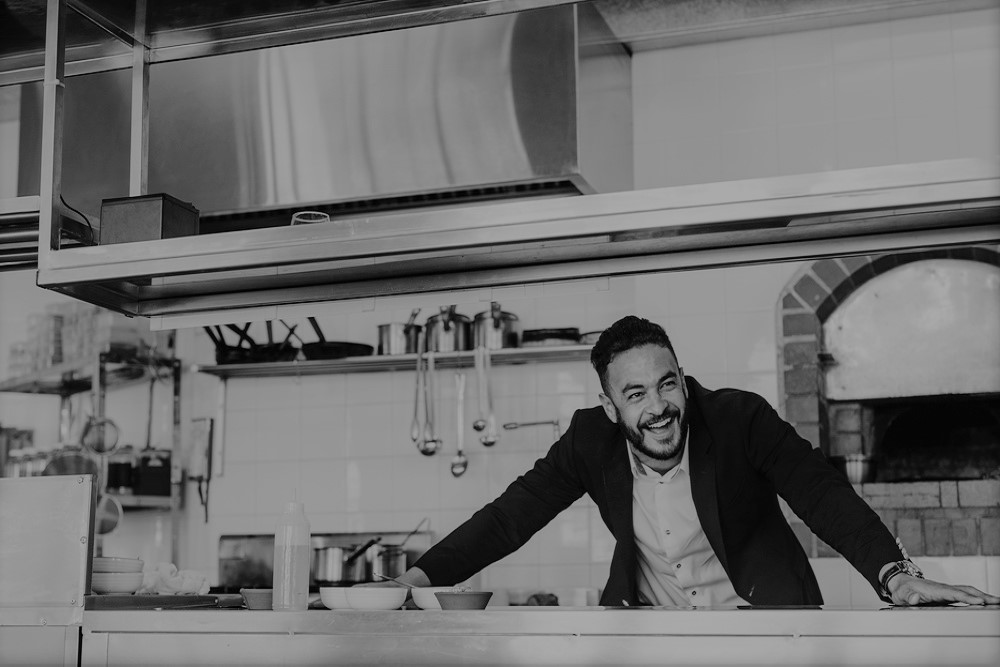How to Define Your Restaurant Value Statements
Originally Posted on FoodableTV – By Doug Radkey 12/22/2016
The most influential decisions you will make for your restaurant will happen during the start-up phases. Before opening your restaurant startup, you need to determine your value, vision, mission, and culture. (Or if you’re a restaurant veteran, consider this if you need to amp up your already-existing value statements.)
Understanding your goals and being able to state them clearly is the first step toward making them happen.
The definition of value is “the regard that something is held to deserve; the importance, worth, or usefulness of something.” For your restaurant or bar, it is a statement that informs not only your customers, but also your staff, about the business’ goals and what its core beliefs are.
Values and company culture coincide with determining your brand identity. Creating a value statement and building the foundation for culture within your concept will create consistency, accountability, and room for growth.
It’s a four-step process. To survive this cut-throat industry, each statement should be clear, powerful, and broad enough to guide your decision-making and help explain your restaurant’s intentions to consumers.

Writing Your Value Statement
Most restaurants and businesses jump right to writing a vision and mission statement. What should come first, however, is a value statement. It will help you determine the rest of the statements and create a sense of consistency throughout.
Start by listing out the following:
- List 10 key items that will make your concept competitive. Example: The customized decor and vibrant and energetic atmosphere.
- List five key items you know your guests will talk about. Example: Knowledgeable and attentive staff with effective attention to detail.
- List 10 key items that you dislike when you’re a guest at another restaurant. Example: Dirty dishware, floors, tables, menus, and washrooms. Make sure to turn these into positives for your restaurant or bar.
- List five key ways you can recover from a poor customer service scenario. Example: Taking the corrective and fast action to resolve the situation.
- List 3 key ways (for each) that your team can increase awareness, revenue per customer, and repeat business. Example: Being active within community, using suggestive selling techniques by understanding menu, and by creating consistency.
Now summarize your findings and create a top five list using short, powerful words on how you’re going to drive importance, worth, and usefulness. This should be used as your value statement. This is a great exercise to complete with your team or new hires to not only see their answers, but ensure there is cohesiveness between your values and theirs.
The Vision Statement
Now that you know your values, you can create a vision. What future do you want to create for your restaurant? What potential do you have? Why are you doing what you’re doing? Why are you building the concept you’re developing? Write these answers out and choose positive, carefully crafted words to create a short — 20 words or less — summary that will also not hinder your future growth by being too specific.
The Mission Statement
Using your value and vision statement, you can develop a paragraph that will then build focus, service levels, experiences, and accountability. To assist, look at reviewing your strengths and weaknesses, your target customers, and your suppliers. How will you turn your vision into a promise? Keep it simple but actionable, and under 50 words.
The Culture Statement
Now that there is purpose and focus, who is going to deliver your vision and mission? What values and characteristics must they bring to your concept? How will they be compensated? How will they be rewarded? What kind of work environment are you going to build and sustain? Summarize your findings and create a top five list using short, powerful words, similar to your value statement.
Remember, you want to see the business through the eyes of both the customer and your staff. Creating these four statements should assist you in defining your restaurant’s positioning and should be reflective in all of your future hiring processes, day-to-day operations, marketing, and customer service sequences.
These four statements are only going to be successful if your entire team not only knows them, but also understands them and believes in them, and that rests on you as an owner, operator, manager, chef, and/or shift leader.









